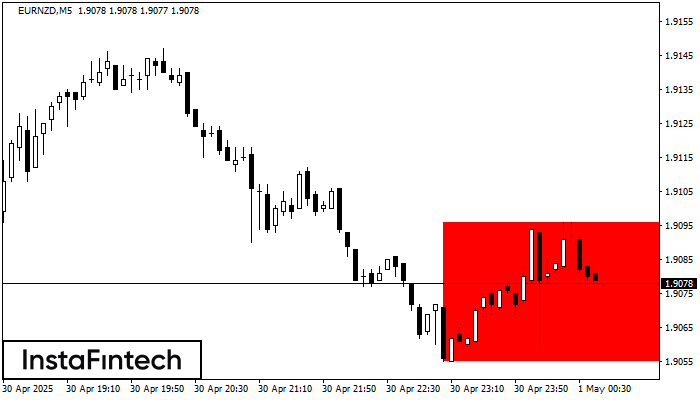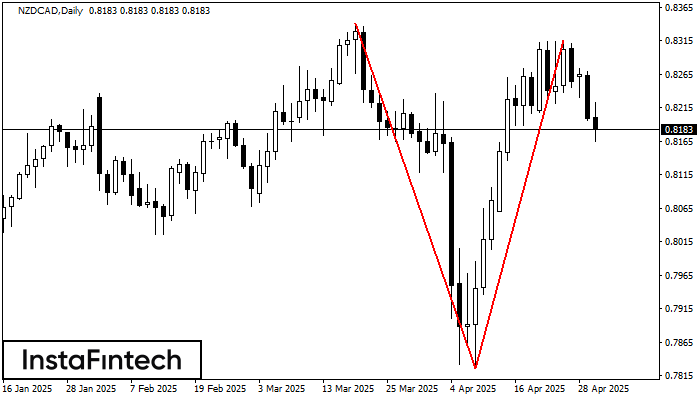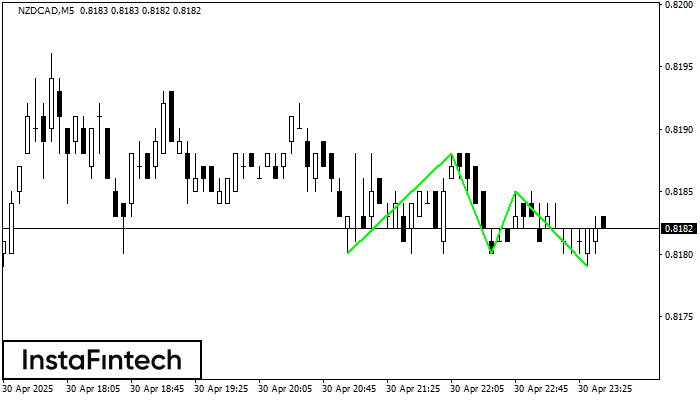Double Bottom
was formed on 18.04 at 21:45:06 (UTC+0)
signal strength 2 of 5

The Double Bottom pattern has been formed on USDJPY M15; the upper boundary is 142.30; the lower boundary is 142.14. The width of the pattern is 17 points. In case of a break of the upper boundary 142.30, a change in the trend can be predicted where the width of the pattern will coincide with the distance to a possible take profit level.
The M5 and M15 time frames may have more false entry points.
- All
- All
- Bearish Rectangle
- Bearish Symmetrical Triangle
- Bearish Symmetrical Triangle
- Bullish Rectangle
- Double Top
- Double Top
- Triple Bottom
- Triple Bottom
- Triple Top
- Triple Top
- All
- All
- Buy
- Sale
- All
- 1
- 2
- 3
- 4
- 5
Rectángulo Bajista
was formed on 30.04 at 23:45:43 (UTC+0)
signal strength 1 of 5
Según el gráfico de M5, EURNZD formó el Rectángulo Bajista. Este tipo de patrón indica la continuación de una tendencia. Esto consiste de dos niveles: resistencia 1.9096 - 0.0000
Los marcos de tiempo M5 y M15 pueden tener más puntos de entrada falsos.
Open chart in a new window
Doble Techo
was formed on 30.04 at 23:00:21 (UTC+0)
signal strength 5 of 5
En el gráfico de NZDCAD D1 el patrón de reversión Doble Techo ha sido formado. Características: límite superior 0.8316; límite inferior 0.7826; el ancho del patrón 490 puntos. La señal
Open chart in a new window
Triple Piso
was formed on 30.04 at 22:40:20 (UTC+0)
signal strength 1 of 5
El patrón Triple Piso ha sido formado en NZDCAD M5. Este tiene las siguientes características: nivel de resistencia 0.8188/0.8185; nivel de soporte 0.8180/0.8179; el ancho es 8 puntos. En caso
Los marcos de tiempo M5 y M15 pueden tener más puntos de entrada falsos.
Open chart in a new window




















